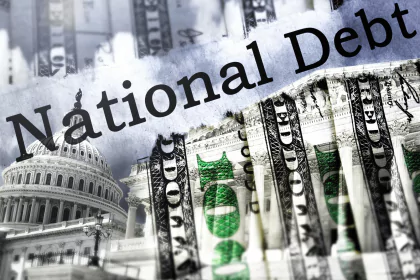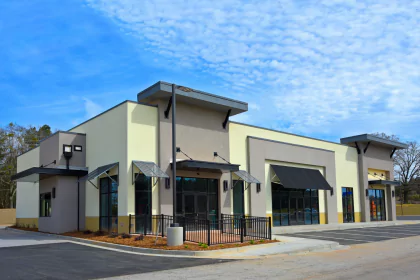In a recent survey, nearly two-thirds of middle-class Americans reported ongoing financial struggles, with little hope for improvement in the near future. This alarming trend was highlighted in a study conducted by the National True Cost of Living Coalition.
Despite indicators of a robust economy, including strong labor and housing markets, the financial reality for many households paints a different picture. The coalition, formed to develop tools that better measure economic well-being, found that a significant portion of Americans are grappling with financial insecurity.
The economy is booming, and yet many Americans are still gasping for air financially.
Jennifer Jones Austin The survey, which included 2,500 adults, revealed that 65% of individuals earning over 200% of the federal poverty level ($60,000 for a family of four) are struggling financially. This statistic underscores the widespread nature of economic hardship across income levels.
Financial Stress Sources
Many Americans face extreme financial stress from various sources. Notably, 33% are anxious about saving for the future, 32% about emergency expenses, and 31% about paying off debt. Other significant stressors include saving for retirement (29%), affording housing (24%), and managing out-of-pocket medical expenses (23%).
Debt Dichotomy in the US
While millions are burdened by high-interest debt, a notable 33% of Americans reported having no debt. Among those with debt, 41% have credit card debt, 26% mortgage debt, and 23% auto loan debt. Medical debt affects 19% of respondents, and 14% have personal loans.
Financial Insecurity Across Income Levels
Interestingly, even among higher-income households, financial insecurity is prevalent. A quarter of those earning more than $150,000 annually worry about meeting their financial obligations.
Jennifer Jones Austin, CEO of the Federation of Protestant Welfare Agencies, highlighted the disparity between economic growth and personal financial stability. “The economy is booming, and yet many Americans are still gasping for air financially,” she noted. This sentiment is reflected in the survey, where 40% of respondents admitted they cannot plan beyond their next paycheck, and 46% lack $500 in savings.
Debt and Savings Disparities
The rapid rise in interest rates has exacerbated the financial strain on indebted families, contrasting sharply with debt-free households insulated from these pressures. The poll shows a significant divide in savings: while 20% have at least $10,000 saved, 28% have no savings at all. Furthermore, one in six respondents regularly face tough choices on which bills to prioritize.
It’s not going away no matter who becomes president
David Jones David Jones, co-chair of the National True Cost of Living Coalition, emphasized that these issues cut across political lines, with similar concerns expressed by Republicans, Independents, and Democrats alike. “It’s not going away no matter who becomes president,” he said.
Summary
This survey reveals a stark picture of financial stress among Americans, particularly within the middle class. Despite a seemingly strong economy, many are struggling to make ends meet, highlighting the need for more nuanced economic measures and solutions to address these widespread issues.












